
Concept explainers
(a)
Interpretation:
The eight alcohols have to be written with the molecular formula of
Concept introduction:
Isomer: A molecule having same molecular formula with different chemical formula is called isomer.
Alcohol:
The compound contains hydroxyl
Example is given below,
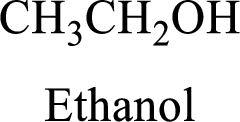
(b)
Interpretation:
Eight aldehydeswith the molecular formula of
Concept introduction:
Isomer: A molecule having same molecular formula with different chemical formula is called isomer.
Functional group: They are certain substitutes in the organic molecules which are determine the characteristic reactions taking place in it.
Carbonyl group:
A carbon atom is double-bonded to an oxygen atom
If the carbonyl carbon is attached with two alkyl or aryl group is called as
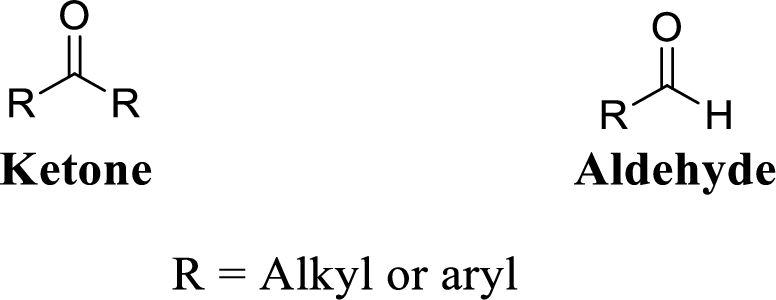
(c)
Interpretation:
Six ketones have to be written with the molecular formula of
Concept introduction:
Isomer: A molecule having same molecular formula with different chemical formula is called isomer.
Functional group: They are certain substitutes in the organic molecules which are determine the characteristic reactions taking place in it.
Carbonyl group:
A carbon atom is double-bonded to an oxygen atom
If the carbonyl carbon is attached with two alkyl or aryl group is called as ketone, if the carbonyl carbon is attached with one hydrogen atom and one alkyl or aryl group is called as aldehyde.
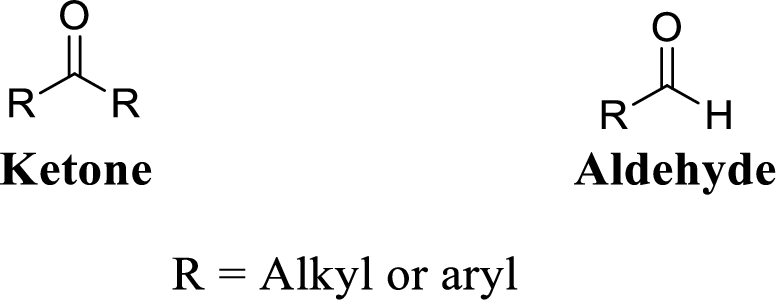
(d)
Interpretation:
Eight
Concept introduction:
Isomer: A molecule having same molecular formula with different chemical formula is called isomer.
Functional group: They are certain substitutes in the organic molecules which are determine the characteristic reactions taking place in it.
Carboxylic acid:
A carbon atom is double-bonded to an oxygen atom
If the carbonyl carbon is attached with hydroxyl group is called as carboxylic acid.
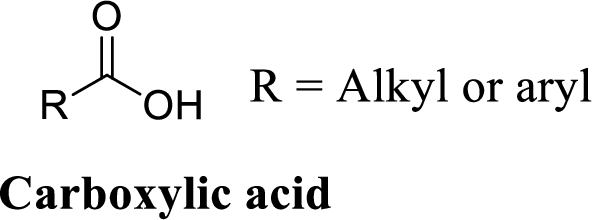
(e)
Interpretation:
Nine carboxylic estershave to be written with the molecular formula of
Concept introduction:
Isomer: A molecule having same molecular formula with different chemical formula is called isomer.
Functional group: They are certain substitutes in the organic molecules which are determine the characteristic reactions taking place in it.
Carboxylic ester:
A carbon atom is double-bonded to an oxygen atom
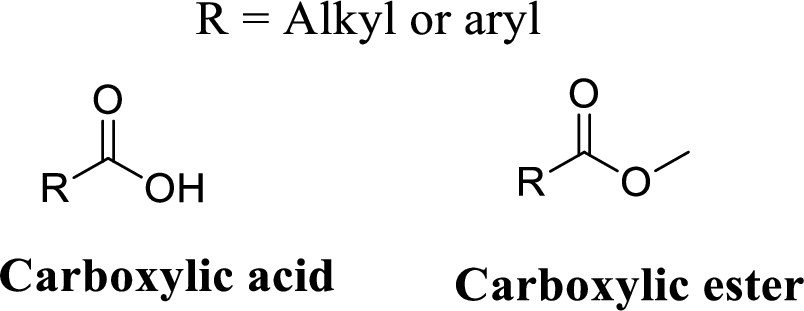
Trending nowThis is a popular solution!

Chapter 1 Solutions
Organic Chemistry
- (a) What is meant by the term isomer ? (b) Among the four alkanes, ethane, propane, butane, and pentane, which is capable of existing in isomeric forms?arrow_forwardMTBE, Methyl tert-butyl ether, CH3OC(CH3)3, is used as an oxygen source in oxygenated gasolines. MTBE is manufactured by reacting 2-methylpropene with methanol.(a) Using Lewis structures, write the chemical equation representing the reaction.(b) What volume of methanol, density 0.7915 g/mL, is required to produce exactly 1000 kg of MTBE, assuming a 100% yield?arrow_forward(a) What structural feature is associated with each type of hydrocarbon: alkane, cycloalkane, alkene, and alkyne?(b) Give the general formula for each type.(c) Which hydrocarbons are considered saturated?arrow_forward
- Illustrate the chemical structural formula for 3-methyl-3-ethylpentane. (b) Identify its chemical family as an isomer. (c) Provide the balanced chemical reaction equation for the combustion of one mole of this fuel with an equivalence ratio of ϕ=0.735arrow_forwardIdentify which of the following statement(s) is/are true. (a) A functional group is a group of atoms in an organic molecule that undergoes a predictable set of chemical reactions. (b) The functional group of an alcohol, an aldehyde, and a ketone have in common the fact that each contains a single oxygen atom. (c) A primary alcohol has one -OH group, a secondary alcohol has two -OH groups, and a tertiary alcohol has three -OH groups. (d) There are two alcohols with the molecular formula C3H8O. (e) There are three amines with the molecular formula C3H9N.arrow_forward(a) What is the difference between chlorofluorocarbons and hydrofluorocarbons?arrow_forward
- Write the chemical formula and Lewis structure of the following, each of which contains five carbon atoms:(a) an alkane(b) an alkene(c) an alkynearrow_forwardAn alkane, P, has the molecular formula, C,H.. An alkene, Q, has the molecular formula, C H,. (a) Name P and Q ánd write their full structural formulae. (b) State two differences between P and Q in terms of their structures. x'arrow_forward(a) Draw four compounds with molecular formula C6H12O, each containing at least one different functional group, (b) Predict which compound has the highest boiling point, and explain your reasoning.arrow_forward
- A certain hydrocarbon has a molecular formula of C5H8. Which of the following is not a structural possibility for this hydrocarbon? (a) It is a cycloalkane. (b) It contains one ring and one double bond. (c) It contains two double bonds and no rings. (d) It is an alkyne.arrow_forwardAlcohols A, B, and C all have the composition C4H10O. Molecules of alcohol A contain a branched carbon chain and can be oxidized to an aldehyde; molecules of alcohol B contain a linear carbon chain and can be oxidizedto a ketone; and molecules of alcohol C can be oxidized to neither an aldehyde nor a ketone. Write the Lewis structures of these molecules.arrow_forward(a) Calculate the standard enthalpy change for the combustion of 1 mol of benzene, C6H61l2, to CO21g2 and H2O1l2.(b) Compare the quantity of heat produced by combustion of 1.00 g propane with that produced by 1.00 g benzene.arrow_forward
 Organic ChemistryChemistryISBN:9781305580350Author:William H. Brown, Brent L. Iverson, Eric Anslyn, Christopher S. FootePublisher:Cengage Learning
Organic ChemistryChemistryISBN:9781305580350Author:William H. Brown, Brent L. Iverson, Eric Anslyn, Christopher S. FootePublisher:Cengage Learning Chemistry: The Molecular ScienceChemistryISBN:9781285199047Author:John W. Moore, Conrad L. StanitskiPublisher:Cengage Learning
Chemistry: The Molecular ScienceChemistryISBN:9781285199047Author:John W. Moore, Conrad L. StanitskiPublisher:Cengage Learning

